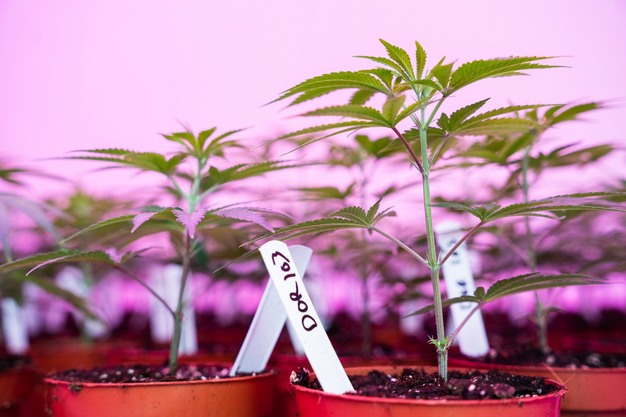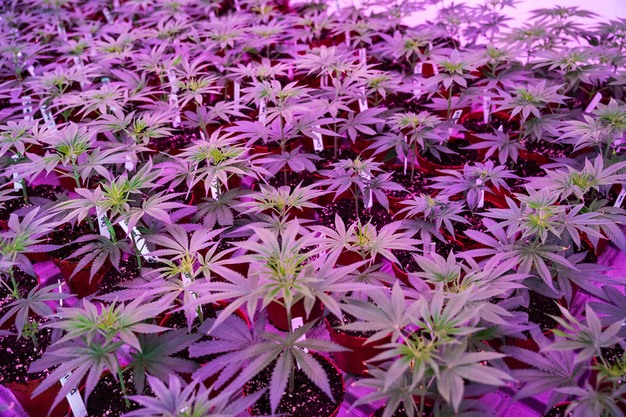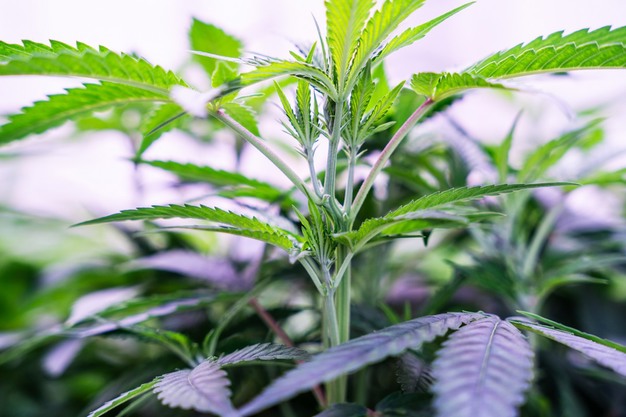The Medical Cannabis Platform for Innovation and Research (MCPIR) – a collaboration of 13 companies within the medicinal cannabis sector, is currently in the process of selecting the phenotypes for use in its cannabis research trials. Earlier this year, MCPIR secured a five-year licence from the Dutch government to conduct research into cannabis cultivation.
Given the fact that cannabis seeds exhibit significant heterogeneity – resulting in different phenotypes exhibiting varying morphological traits – this immediately presented the first challenge that all growers face; to acquire stable genetic material with the necessary characteristics for its growing style while meeting market demands. Especially when the cultivation process must be initiated from seeds due to the restriction on the import of live plant material.
Creating a standard selection method
"We will take advantage to fuse currently used methods and incorporate other horticulture methods to improve and standardize the selection process. Most cannabis growers select their own phenotypes by relying on plant characteristics and on their senses to assess qualities such as aroma, flavour and visual appearance which are difficult to quantify. While these subjective methods are valuable, they often make it difficult for professional cannabis cultivators to ensure stable, uniform and consistent crops, plus they may not provide comprehensive insights into a phenotype's true potential. The method focuses on plant market demand more than economical growth characteristics," comments Jaime Ahumada Espinoza, Project Manager Research within MCPIR alongside his role as Researcher/Consultant at Delphy.
Therefore, MCPIR is focusing on selecting phenotypes for its research trials using horticulture methods focused on plant traits and facility conditions first, so that plant and environment achieve their best in each cultivation style. They are developing a solid baseline with data that they can provide to customers that use different growth systems. "We use a predefined wide range of criteria in our selection process that go beyond the cannabis traditional plant traits. We are implementing a 3-step process. This allows us to identify phenotypes that exhibit superior characteristics and are well-suited for conducting research in various cannabis cultivation environments," he continues.
Three-phase selection process
The selection process is divided into three phases. The first phase entails selecting plants based on predefined agronomic criteria that will serve as the foundation for further evaluation and testing in subsequent phases. The emphasis is on desirable traits that are pivotal for the optimization of cannabis cultivation logistics, including clonal production, mother plants low maintenance and branching characteristics for best propagation, disease resistance and environmental adaptability, low labor in production in addition to yield potential and cannabinoid and terpene profile in the shortest cycle style. "Based on tandem and index selection methods, this phase reduces the number of phenotypes by approximately 90%," says Ahumada Espinoza.
In the second phase, the selected plants undergo rigorous testing to assess the stability and resilience of their genetics. "The phenotypes are being replicated through clones and grown over several cultivations under various conditions so that we can collect data on each phenotype. Only then can we proceed to the third phase: the final selection, in this selection traditional cannabis methods for aroma, flavor etc also come into play," he adds.
Innovating for a brighter future
The specific goal of this process is also accessing phenotypes that could perform well in future-oriented cultivation methods, according to Ahumada Espinoza. "Besides scientific excellence, the key is to unlock innovative cultivation methods that optimize efficiency and reduce labor costs. We aim to develop phenotype criteria to achieve a good result irrespective of growth style. Therefore, we are actively seeking phenotypes that align with these objectives, and developing standards that any grower can use when in need to go through this process themselves," he concludes.
The license to conduct research into cannabis cultivation paves the way for MCPIR to fulfill its ambition to investigate the most optimal cultivation methods for medicinal cannabis and create a blueprint by enhancing each aspect of the cultivation process. Growers have the aim of being profitable while ensuring good crop characteristics in an efficient way, meeting market demands.
Dutch Cannabis Knowledge Seminar – June 10 2024
On Monday June 10, MCPIR and Cultivation for Compounds (CfC) are hosting the Dutch Cannabis Knowledge Seminar. In the morning, MCPIR will host a program on Lighting, Phenotyping and Climate strategy. There will also be an opportunity to visit the indoor facility. More information about the morning program at MCPIR can be found here. Sign up for the MCPIR program here.
After the lunch the seminar will continue at the World Horiticenter in Naaldwijk. Attendees can expect an afternoon filled with industry-leading speakers, the possibility to connect with up to 200 international cannabis entrepreneurs and the opportunity to make matches with the CfC participants. Next to that attendees will get to explore the research facility. Sign up for the CfC program here.
Participants can use the shuttle bus that leaves from RAI. In the afternoon, the shuttle bus runs from Bleiswijk to the World Horiticenter in Naaldwijk and then brings participants back to the RAI at the end of the afternoon.
For more information:
MCPIR
www.mcpir.nl
